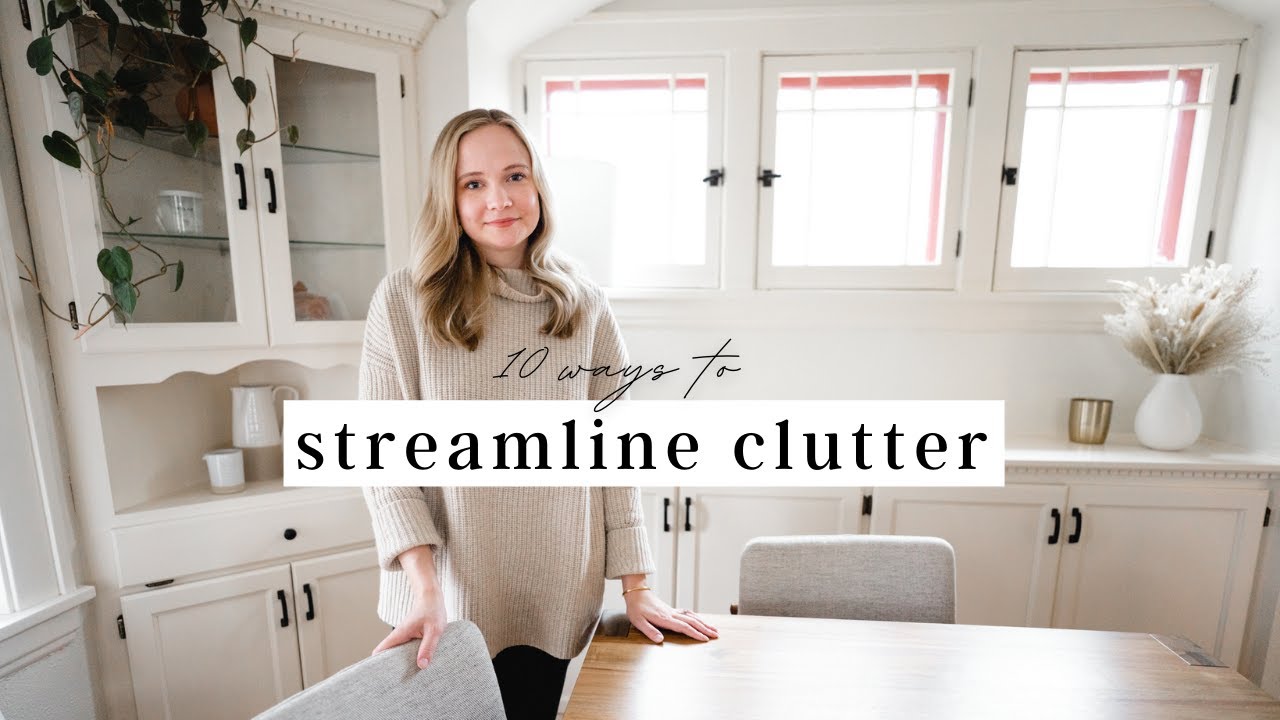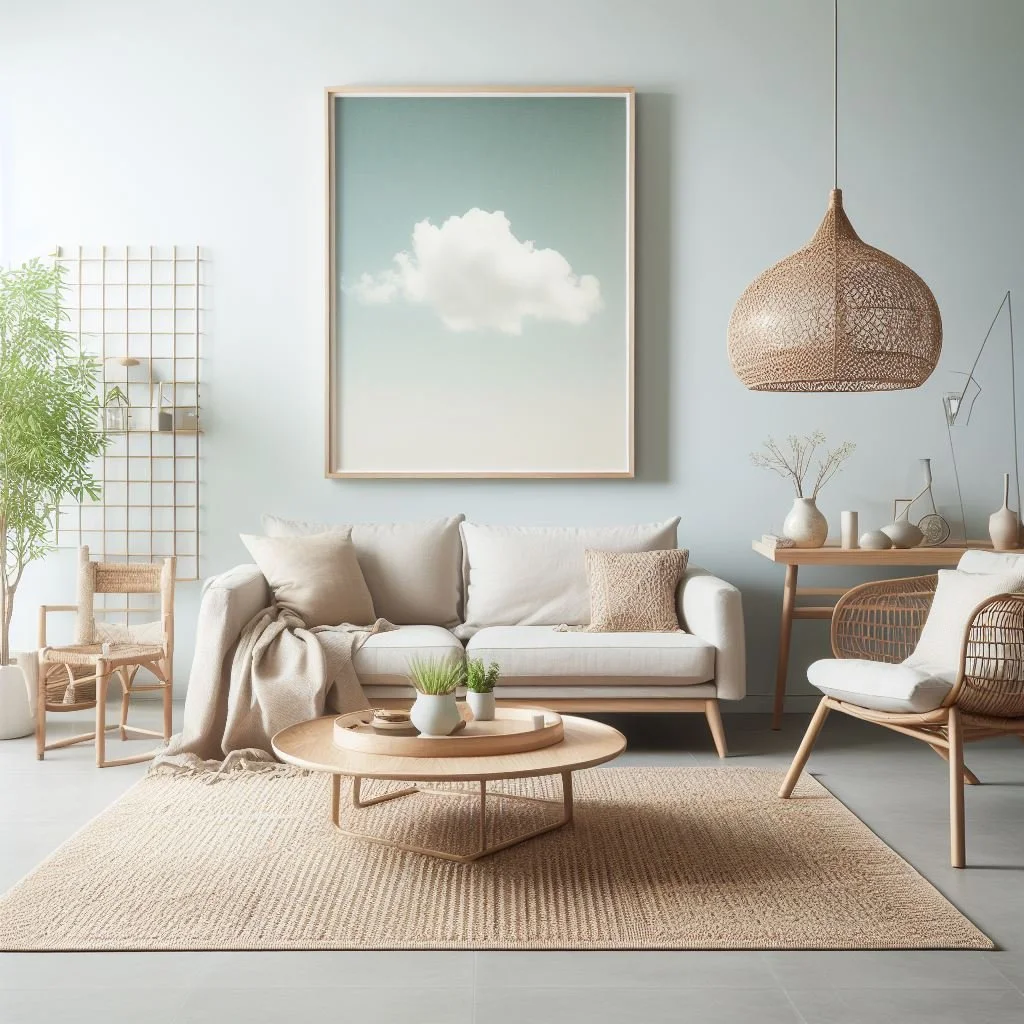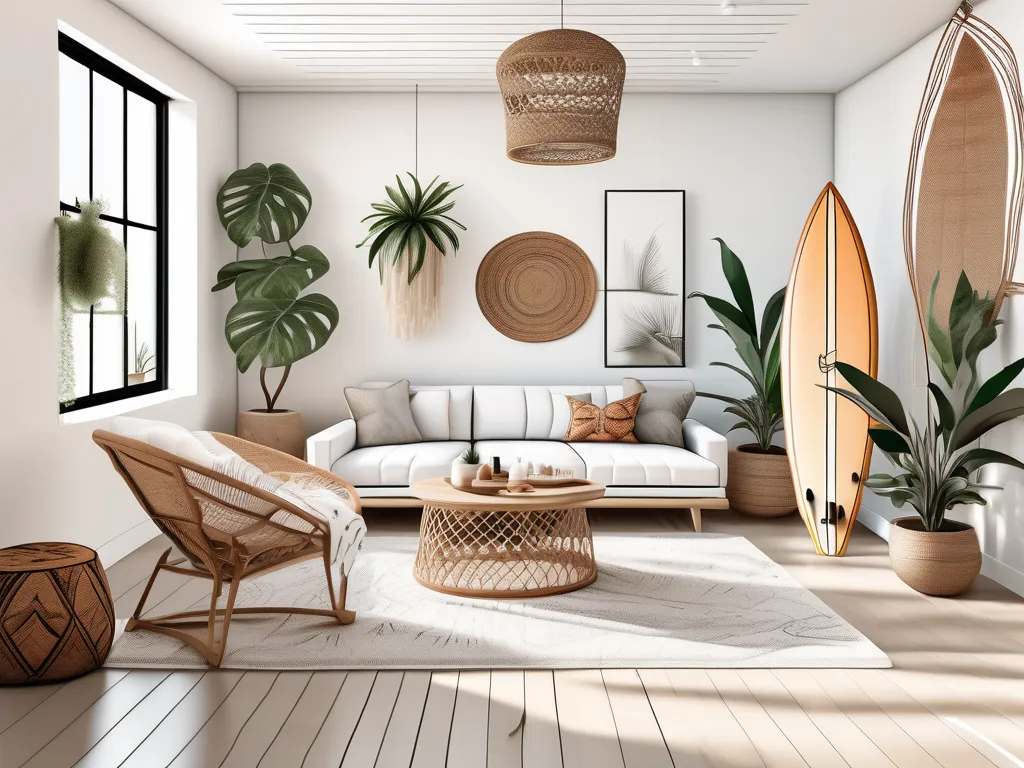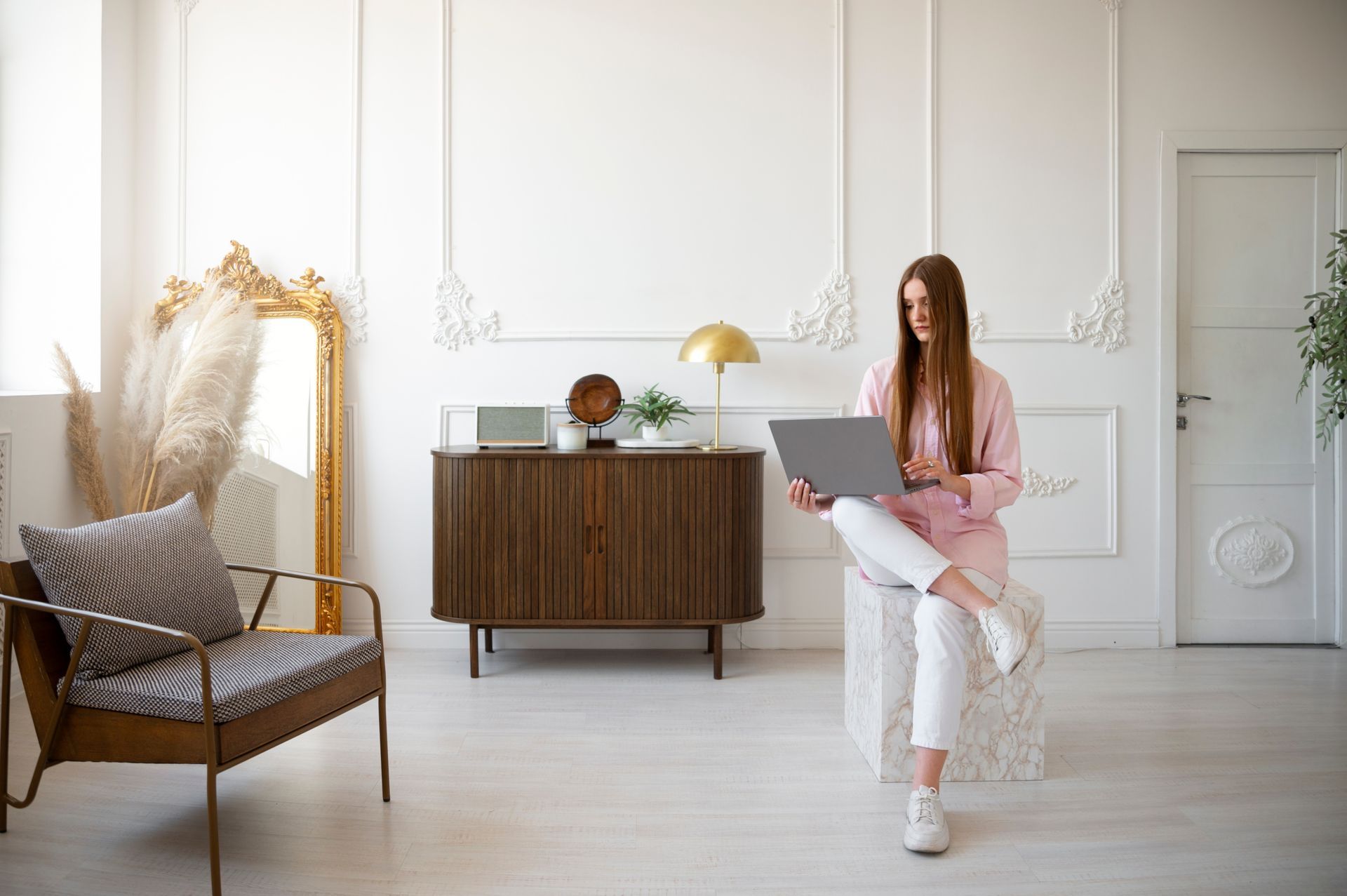Streamline Your Space Minimalist Interior Design Clutter-Free Strategies

In a world filled with distractions and incessant consumerism, the push towards minimalism offers a refreshing approach to living and designing our spaces. Emphasizing the essence of simplicity, minimalism encourages individuals to minimize excess and to foster a sense of clarity and tranquility in their environments. This article unveils essential strategies for effectively managing clutter while enhancing the aesthetic appeal of your home.
Personal organization plays a crucial role in minimalism, especially within the realm of interior design. By adopting minimalistic principles, you can transform chaotic spaces into serene oases that promote well-being and focus. The following exploration will cover:
- Why personal organization matters in minimal design
- The impact of clutter on mental health
- Practical strategies to reduce clutter
- How to maintain a minimalist aesthetic
- Tips for navigating design choices thoughtfully
Prepare to discover the Top 5 strategies that not only streamline your space but also contribute to a more intentional lifestyle. Embrace the journey towards a clutter-free existence, and let the principles of minimalism guide you to a clearer state of mind.
Top 5 Strategies for Personal Organization in Minimalist Interior Design: Reduce Clutter and Enhance Clarity
Minimalism in interior design transcends the concept of barren or sparsely furnished rooms. It is a deliberate lifestyle choice that champions the virtues of functionality, simplicity, and clarity. The guiding principle behind minimalist design is to allow the aesthetic quality of the space and its elements to breathe and shine. This article delves into the top five strategies for personal organization within minimalist design, exploring ways to reduce clutter and promote an overarching sense of serenity. By adopting these strategies, you can transform your living space and, by extension, your mental space into a realm of tranquility and purpose.
5. Embrace Multi-Functional Furniture
In the realm of minimalist interior design, furniture serves more than its traditional role. Choosing multi-functional furniture is an astute approach to enhancing both space and functionality within your home. Such furniture pieces are ingeniously designed to serve multiple purposes, which significantly reduces the need for numerous separate items. For example, a coffee table that doubles as storage or a sofa bed enhances the practicality of your living room while curtailing clutter.

Consider integrating these types of multi-functional furniture into your home:
- Ottomans with hidden storage: Ideal for living rooms, they offer seating and a place to tuck away items.
- Murphy beds: Transform bedrooms or home offices by providing sleeping space that folds away when not in use.
- Extendable dining tables: Perfect for family gatherings, these tables can expand to accommodate guests and shrink for everyday use.
Implementing multi-functional furniture not only optimizes space but also fosters an environment conducive to relaxation and focus. This approach aligns with the core principles of minimalist design where clarity and simplicity are paramount.
4. Prioritize Color Neutrality and Cohesion
Color plays a pivotal role in influencing our mental and emotional state. In minimalist interior design, color neutrality is key to fostering a sense of tranquility and coherence. By adopting a color palette dominated by soft, neutral tones, you can create a cohesive and expansive atmosphere that soothes the mind and spirit.
To harness the power of color neutrality in your home, consider these tips:
- Limit yourself to a select range of shades such as whites, greys, beiges, and muted pastels.
- Introduce texture, such as in fabrics or wall finishes, to add depth without complicating the color scheme.
- Integrate natural elements like wooden furniture or houseplants to introduce an organic touch.
A subdued color scheme minimizes visual noise, allowing you to savor the inherent beauty of your space. By avoiding overwhelming color contrasts, the environment remains peaceful, a hallmark of effective minimalist design.
3. Implement Effective Storage Solutions
Robust and efficient storage solutions are the cornerstone of organization in minimalist spaces. The key lies in choosing storage options that seamlessly blend with the overall design, avoiding disruption to the visual harmony of the room.
Consider these storage solutions to maintain a pristine and orderly interior:
- Built-in cabinetry: It merges with the architecture of the space, providing storage without occupying additional visual room.
- Floating shelves: These offer display and storage opportunities while freeing up floor area.
- Dedicated purpose closets or bins: Clearly categorizing items ensures all belongings have a designated place.
Investing in well-designed storage solutions not only organizes your belongings but can also make your space appear more expansive and deliberate, embodying the minimalist ethos that champions thoughtful simplicity.
2. Adopt a “Less is More” Mindset
At the heart of minimalism is a philosophical shift toward a “less is more” mindset. This approach calls for a considered evaluation of possessions, encouraging individuals to discern between necessity and excess. Such deliberation leads to a curated collection of items that truly enhance one’s life.
Here are actionable steps to cultivate this mindset:
- Engage in regular decluttering, possibly on a monthly or quarterly basis.
- Question the utility or joy each item brings into your life before deciding to keep it.
- Impose limits on possessions, such as a fixed number of books or decorative pieces.
Embracing this philosophy does more than physically decluttering your environment; it also nurtures mental clarity, transforming your living space into a sanctuary where peace and functional beauty can flourish.
1. Create Zones for Activities
Designating specific zones for various activities within a given space can considerably enhance organization and focus within minimalist interior design. By laying out distinct areas, you facilitate smooth navigation and maintain a coherent sense of order, pivotal to a minimalist approach.
To implement effective zoning, consider the following strategies:
- Use rugs or changes in flooring materials to delineate different sections of a larger space.
- Arrange furniture in a manner that intuitively guides flow and interaction between zones.
- Incorporate varied lighting schemes to differentiate zones, such as using task lighting for workspaces and ambient lighting for relaxation areas.
This strategic spatial organization not only advances the clarity of the area but also enhances the overall living experience. It complements the minimalist vision by ensuring that the space not only looks pleasing but functions effectively as a canvas for productive and creative endeavors.
| Category | Key Features | Advantages | Disadvantages | Ideal Audience |
|---|---|---|---|---|
| Decluttering Techniques | Methodologies such as the KonMari method and the 6-month rule for item assessment. | Enhanced mental clarity from a reduction of visual noise. | Potential emotional attachment to belongings hindering the process. | Individuals feeling overwhelmed by clutter. |
| Functional Furniture | Pieces that serve multiple purposes, like storage ottomans or extendable tables. | Maximized space usage allowing for a functional yet aesthetic living area. | Can sometimes lead to overwhelming choices if not selected carefully. | Anyone looking to enhance the versatility of their space. |
| Color Palette Selection | Utilizing neutral or monochromatic color schemes to promote tranquility. | Creates a calming environment conducive to relaxation and focus. | May feel too sterile or lacking in personal expression if overdone. | Those seeking a peaceful and uncluttered aesthetic. |
| Organizational Systems | Incorporating storage solutions like baskets, shelves, and dividers. | Encourages routine in maintaining an organized space. | Requires a commitment to regularly review and adapt the systems. | Busy families and professionals managing multiple items and spaces. |
In the sphere of minimalistic interior design, the goal extends beyond mere aesthetics; it encapsulates the quest for holistic well-being. The aforementioned strategies serve as vital components in cultivating an environment conducive to reducing clutter and, consequently, enhancing one’s mental clarity. The inclusion of decluttering techniques can instigate a transformational journey through the often-daunting task of purging possessions, building a more streamlined living space. Moreover, the selection of multifunctional furniture pieces invites both style and practicality, actively promoting a functional layout without compromising design integrity.As one delves deeper into the nuances of color palettes, it becomes evident that a thoughtfully chosen scheme can evoke tranquility, crafting a space that nurtures both relaxation and focus. And finally, establishing solid organizational systems is paramount; these systems require not just initial setup but ongoing commitment to maintain the serene space.By applying these principles thoughtfully, individuals can step closer to achieving a balanced and enriching living or working environment, a cornerstone of minimalistic interior design.
Frequently Asked Questions about Minimalist Interior Design and Personal Organization
What is the fundamental principle of minimalist interior design?
The fundamental principle of minimalist interior design is to create a space that is uncluttered and emphasizes clarity. This involves utilizing elements such as open floor plans, simple color palettes, and only essential furnishings. The goal is to focus on the functionality and essence of each item, eliminating anything that doesn’t serve a purpose or contribute to the serene aesthetic.
How can personal organization improve minimalist interior design?
Personal organization plays a crucial role in enhancing minimalist interior design because it actively reduces clutter and chaos. By adopting organizational strategies like categorizing belongings, regularly decluttering, and using storage solutions effectively, you ensure that your space remains clean and streamlined. This harmony between organization and design maximizes clarity and tranquility in the home environment.
Are there specific strategies for reducing clutter in a minimalist space?
Yes, there are several strategies for reducing clutter in a minimalist space. One strategy is to adopt a “one in, one out” policy, where you only add a new item if you remove another. Another approach is regular decluttering sessions where you evaluate your possessions critically. Additionally, utilizing multi-functional furniture and concealed storage options can help maintain a tidy appearance while accommodating necessary items.
Why is color palette important in minimalist design?
The color palette is vital in minimalist design because it sets the overall tone and mood of the space. Minimalist interiors often use a neutral color palette—think whites, grays, and earth tones—to create a calm and cohesive look. A simple color scheme allows architectural details, textures, and carefully curated objects to stand out without overwhelming the space, thus enhancing clarity and simplicity.
Does minimalist interior design affect mental well-being?
Minimalist interior design can positively affect mental well-being by fostering a calm and stress-free environment. When a space is free of unnecessary clutter and distractions, it can increase focus, productivity, and relaxation. Moreover, having an organized and aesthetically pleasing environment can contribute to a sense of peace, allowing occupants to feel more grounded and centered in their daily lives.
Conclusion: Embracing Clarity in Minimalist Interior Design
In the pursuit of achieving a harmonious living space, the principles of minimalism combined with personal organization offer a powerful approach to interior design. This article has explored several strategies designed to reduce clutter and enhance clarity within your home environment.
The main strategies we discussed include prioritizing essential items, utilizing smart storage solutions, implementing a neutral color palette, maximizing natural light, and embracing multifunctional furniture. By focusing on what truly adds value to your life, you can create a space that reflects your personal taste while fostering tranquility.
The Importance of Minimalism and Personal Organization
The core idea behind minimalist design is not just about aesthetics but also about mental clarity and efficiency. An organized space has profound effects on mental well-being, potentially reducing stress and enhancing productivity. Minimalism encourages us to question the necessity of each item we possess, leading to a more sustainable lifestyle where we are less tangled in the consumerist web.
Furthermore, personal organization within a minimalist context is crucial. It empowers individuals to curate their environments thoughtfully, ensuring that every object serves a purpose or sparks joy. This conscious curation not only streamlines daily routines but also transforms living spaces into sanctuaries of calm.
Ultimately, the marriage of minimalism and organization becomes a lifestyle choice that extends beyond interior design—it challenges us to rethink our relationship with possessions and cultivate spaces that nurture mind and soul. By adopting these strategies, anyone can embark on a transformative journey towards a clearer, more intentional life.
As you consider integrating these ideas into your own interior spaces, take time to reflect on your personal goals and values. The result can be a profoundly enriching transformation of both your environment and your state of mind.


